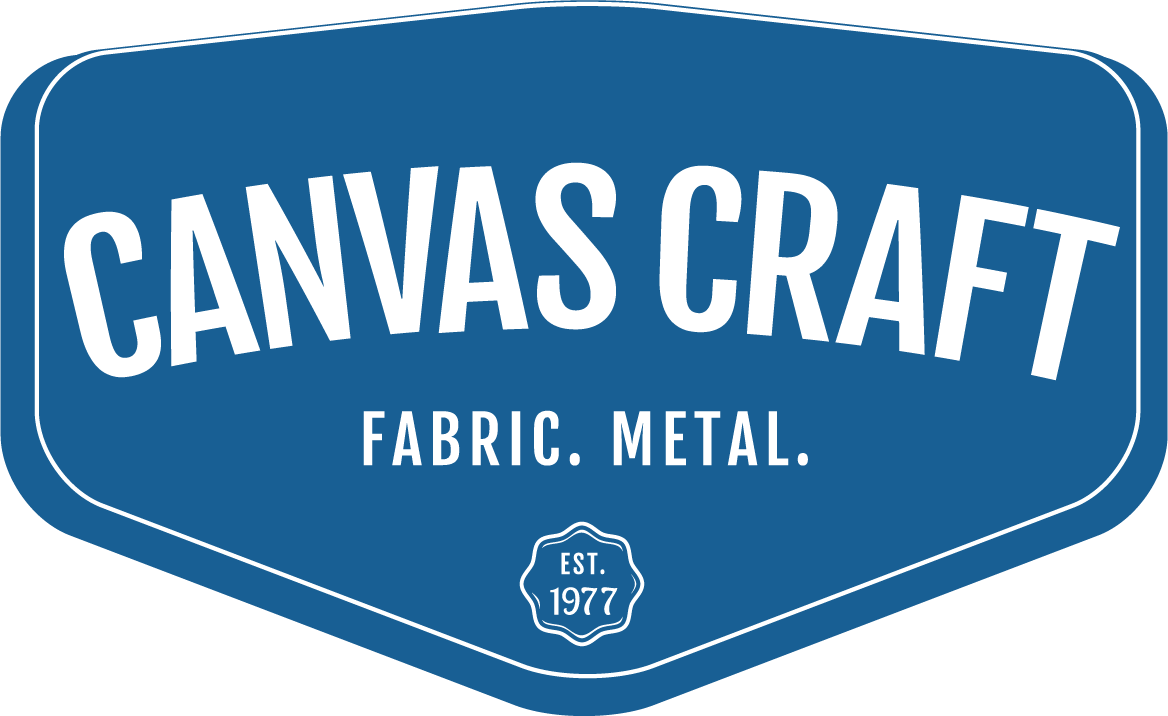Choosing the Right Flame-Retardant Fabric for Your Industrial Application
In the world of industrial applications, safety is paramount. When looking at which industrial fabrics to use when it comes to protecting machinery, equipment, and workers from unexpected fires and extreme temperatures, flame-retardant is the clear winner.
This fabric doesn't merely resist catching fire; it's specifically designed to mitigate the spread of flames, safeguarding assets and lives.
Understanding Industrial Applications
The reliance on fire retardant fabrics spans a multitude of industries. From manufacturing plants to event venues, the necessity of these fabrics is felt universally.
Equipment can be exposed to high temperatures and potentially explosive chemicals in the manufacturing sector. Fabrics like ceiling draping or curtains near machinery must resist these challenges, ensuring they won't ignite and exacerbate a minor issue into a major disaster.
Event venues, especially those that host large gatherings like weddings, also employ drapery and upholstery made of fire-retardant fabric. There's always a fire risk with electrical equipment, lighting, and candles in use. Flame-retardant fabrics used in curtains, table draping, or wall textiles ensure these events go off without a hitch.
Also, transport sectors, especially those using trailers or motors, require fabric covers tailored to their specifications.
Types of Flame-Retardant Fabrics
The realm of flame-retardant fabrics is vast, with various options tailored to suit different needs. The efficacy of a retardant fabric often varies based on its properties and the specific application it's used for. Let's delve into the different types and understand their strengths:
Aramid (Nomex, Kevlar)
Recognized for its strength and heat resistance, aramid fibers like Nomex and Kevlar are commonly used in firefighting equipment and race car driver suits.
These inherently flame-retardant fabrics do not require additional chemical treatment to resist flame. Their inherent properties make them highly recommended for applications exposed to extreme temperatures.
Polyester
While inherently not fire retardant, polyester can be treated with chemicals to gain flame retardant properties. This fabric is often used in drapes, curtains, and upholstery due to its versatility and affordability.
Cotton
A natural fabric, cotton can be treated with chemicals to make it fire retardant. Treated cotton has the comfort and breathability of regular cotton but with added fire protection. Cotton flame retardants are often used for furniture, curtains, and wall drapes in various industrial applications.
Blends
Sometimes, a combination of fibers is used to create retardant fabrics that harness the strengths of each material. Blends might include a mix of cotton and polyester, offering comfort and durability.
Moreover, there are specialized blends designed for specific industries. For example, certain blends cater to the automotive industry's needs, providing resistance to both flame and automotive fluids. These specialized fabrics are treated to resist degradation from oils, lubricants, and other chemicals commonly found in automotive settings.
Understanding the right type of flame retardant fabric for your specific application can be a bit daunting. However, when choosing, consider the environment it will be used in, the potential heat sources, and the level of protection needed.
Factors to Consider When Choosing Flame-Retardant Fabric
Navigating the flame retardant fabrics can be intricate, but understanding the pivotal factors to consider can simplify the selection process. Here's a breakdown of the crucial aspects to keep in mind:
Heat and Flame Resistance
Not all fire retardant fabrics are made equal. It's essential to gauge the fabric's resistance to high temperatures and its effectiveness in halting the spread of flames. Depending on the industrial application, ensuring the material can withstand extreme temperatures and resist catching fire is vital.
Durability and Wear Resistance
An effective retardant fabric should not only be resistant to flames but also durable against wear and tear. Frequent exposure to chemicals, machinery, or environmental factors can impact the fabric's longevity. Opting for materials that promise both durability and prolonged protection is crucial.
Comfort and Breathability
Comfort becomes paramount in settings where the fabric is worn or frequently interacted with. Upholstery, curtains, and clothing made from flame-retardant fabrics should offer a comfortable experience without compromising safety. Breathability ensures that, while the fabric protects against fire, it doesn't become oppressive or uncomfortable.
Environmental Impact
As industries grow more eco-conscious, the environmental impact of the chosen fabric becomes a significant consideration. Some fire retardant treatments involve chemicals that can have adverse environmental effects. Opting for eco-friendly solutions that align with the company's sustainability goals is vital.
Cost Considerations
While safety should never be compromised, understanding the cost implications is crucial. Factors like the amount of fabric needed, its quality, and its source can all influence the overall cost. It's essential to strike a balance between affordability and effectiveness.
Assessing your Industry's Safety Requirements
Different industries have varied safety standards. Before deciding on a fabric, it's imperative to understand your sector's specific safety requirements thoroughly. This ensures compliance and guarantees that the chosen material offers the necessary protection.
Conclusion
The right flame-retardant fabric can make a significant difference in industrial applications, offering unparalleled safety and peace of mind. Understanding the various types available, their properties, and factors to consider when choosing is vital to make an informed decision.
As industries evolve and safety standards become more stringent, the role of these fabrics becomes even more pivotal. If you want to protect your entire operation, Canvas Craft is dedicated to guiding you through the decision-making process, ensuring you choose the fabric that best fits your unique needs.
At Canvas Craft, we understand various industrial settings' diverse applications and inherent challenges. We take pride in our ability to deliver products built to your specific needs, ensuring long-lasting protection and durability. With our timely turnaround time, you can always count on us to deliver when it matters the most.
Contact Canvas Craft today for expert guidance and premium solutions tailored to your requirements. Protect what matters most with the right choices.
